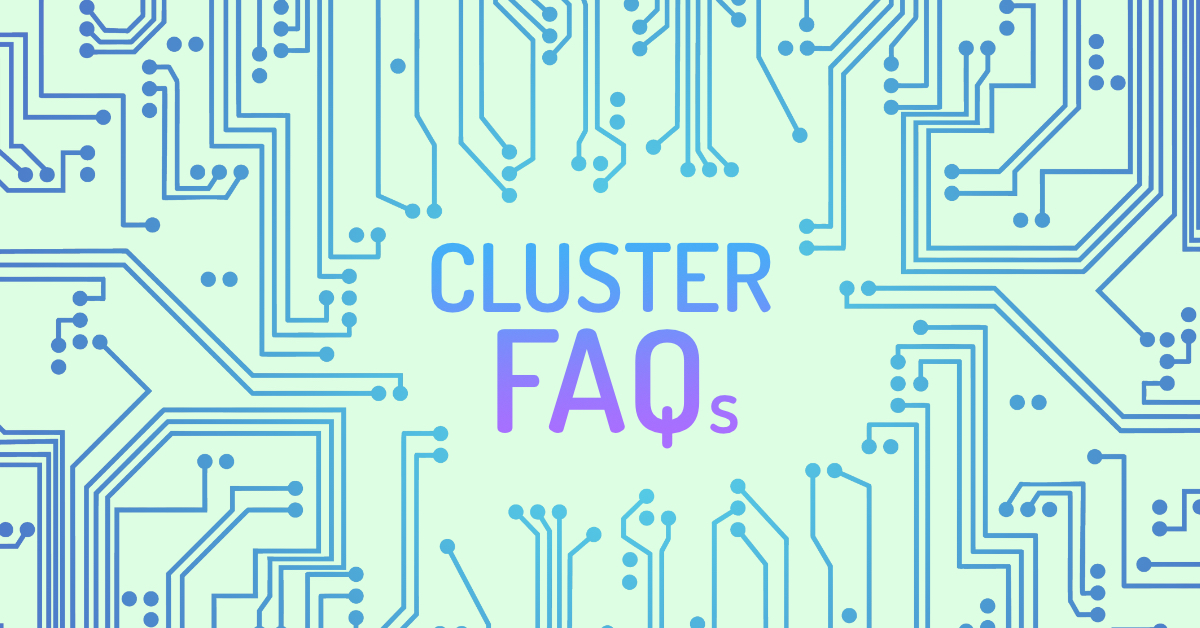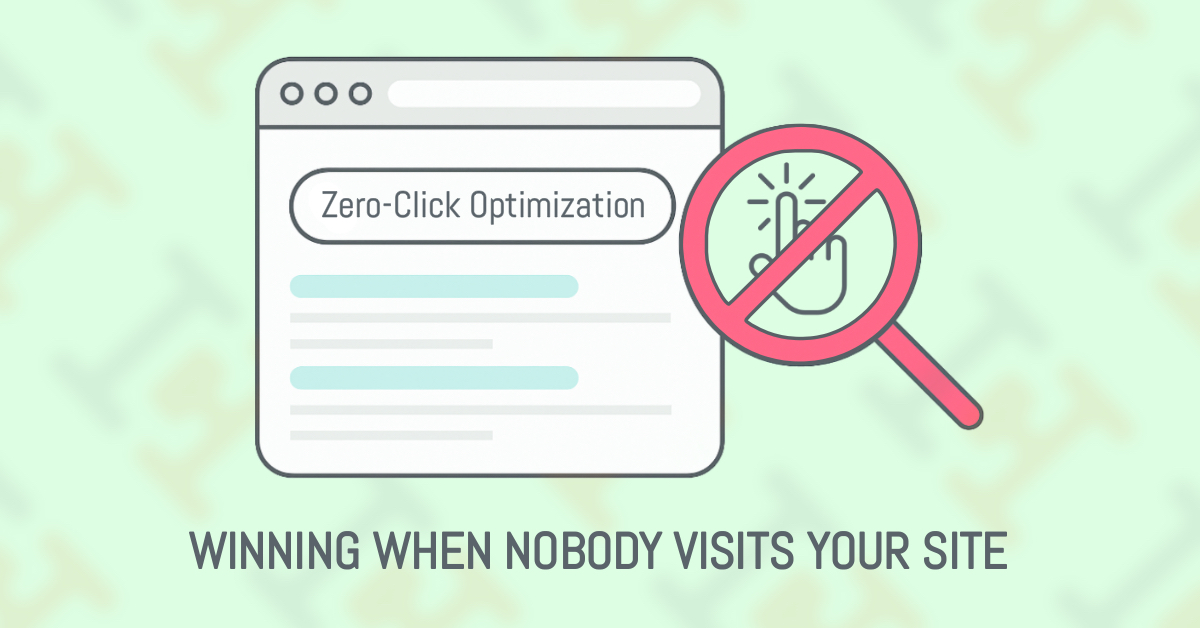
In a digital landscape where visibility is everything, being recognized as an entity in search engines’ knowledge graphs is quickly becoming the new SEO gold standard. While traditional SEO focuses on ranking individual pages, Entity SEO aims higher to instead establish your brand as a recognized, authoritative entity in the vast semantic web that powers modern search.
What Is Entity SEO and Why Does It Matter Now?
Entity SEO focuses on optimizing your brand’s digital presence to be recognized as a distinct entity in knowledge graphs, the structured databases of information that power modern search engines and AI systems. Unlike traditional keyword-focused SEO, Entity SEO is about establishing your brand, products, or key people as recognized entities with defined attributes and relationships.
According to recent research from Semrush, content recognized as entities in knowledge graphs is 50% more likely to appear in featured snippets, knowledge panels, and other rich results. As search shifts toward intent-based results rather than keyword matching, entity recognition has become a critical ranking factor.
What’s the Difference Between a Knowledge Graph and a Knowledge Panel?
While often used interchangeably, knowledge graphs and knowledge panels refer to different things in the world of search.
- The Knowledge Graph is the back-end database—Google’s vast web of entities, attributes, and relationships. It’s what helps search engines understand that “Apple” the company is different from “apple” the fruit.
- A Knowledge Panel is the front-end display—the visual summary box you see in search results when an entity is recognized. It’s pulled from the knowledge graph, but not every entity in the graph gets a panel.
Think of the knowledge graph as the library, and the knowledge panel as the book summary on display.
Understanding Knowledge Graphs as the Foundation of Modern Search
Knowledge graphs are structured databases that understand the world in terms of entities, attributes, and relationships. Google’s Knowledge Graph, launched in 2012, now contains over 500 billion facts about 5 billion entities, while Bing’s version of the Knowledge Graph (Microsoft Academic Graph) contains information on millions of entities.
These knowledge graphs don’t just store information, though. They actually map how entities relate to each other.
When your brand becomes recognized as an entity, search engines develop a more complete understanding of:
- What your brand is and does
- How it relates to other entities (people, places, products, concepts)
- Its key attributes and characteristics
- Its relative authority on specific topics
The visualization below is a stylized example of a highly interconnected internal linking structure, using Wikipedia to illustrate how entities connect in a knowledge graph. Each circle represents an entity, and each line shows a relationship. The stronger and more relevant your connections, the more visible and authoritative your brand can become in search.
A stylized example of a knowledge graph. Each circle is an entity, each line is a relationship.
The Strategic Advantages of Being Recognized as an Entity
Becoming a recognized entity in knowledge graphs delivers several competitive advantages:
- Enhanced SERP Visibility: Recognized entities are more likely to trigger knowledge panels and appear in other rich results, commanding significant real estate in search results.
- Brand Authority Signals: Recognition as an entity signals to both algorithms and users that your brand has established authority.
- Voice Search Dominance: 60% of voice search results come from featured snippets and knowledge panels, which predominantly feature recognized entities.
- Context-Aware Results: Entity-based search understands context, meaning your brand appears in more relevant, high-intent searches.
- Algorithm Resilience: Entity relationships provide stability against algorithm changes that might otherwise affect keyword-based rankings.
7 Strategic Steps to Get Your Brand Recognized in Knowledge Graphs
1. Establish a Clear Entity Definition
Search engines need consistent, structured information to recognize your brand as a distinct entity.
Start by defining your entity with consistent information across all channels:
- Official brand name (with consistent styling)
- Business category or type
- Founding date
- Headquarters location
- Key people (founders, leadership)
- Any relevant parent/subsidiary relationships
- Products and services
Consistency is critical here—if your brand name or core information varies across platforms, knowledge graphs will struggle to consolidate this into a single entity.
2. Implement Structured Data Markup
Structured data is the language knowledge graphs speak. By implementing schema.org markup, you’re effectively translating your content into a format that knowledge graphs can easily understand and incorporate.
At minimum, implement:
- Organization schema for your brand
- LocalBusiness schema if you have physical locations
- Person schema for key leadership
- Product schema for main offerings
Properly implemented structured data has been shown to significantly improve search visibility. Structured data markup helps search engines understand the context and meaning of your content, which is essential for entity recognition. Additionally, Google’s official structured data documentation confirms that this markup helps search engines better understand your content and can lead to enhanced search result features like rich snippets and knowledge panels, which are critical components for entity recognition in knowledge graphs.
3. Create and Optimize a Wikipedia Page
While it’s not the only source, Wikipedia remains one of the most influential contributors to many knowledge graphs — and for established brands, it’s often one of the most direct paths to entity recognition.
Requirements typically include:
- Notable achievements or recognition
- Coverage in reliable, independent sources
- Established history and significance
- Adherence to Wikipedia’s neutrality standards
If your brand doesn’t yet qualify for Wikipedia, focus on building notability through press coverage and industry recognition.
4. Secure and Optimize Social Media Profiles
Consistent, verified social profiles serve as entity confirmation signals to search engines that your brand is legitimate and recognized.
Priority platforms include:
- Google Business Profile
- LinkedIn Company Page
- Facebook Business Page
- Twitter/X
Ensure all profiles contain consistent NAP (Name, Address, Phone) information, link to your website, and use the same branded imagery.
5. Generate High-Quality Citations and Mentions
Entity recognition is strengthened through citations, press coverage, and mentions in authoritative sources.
Focus on:
- Industry publications: Guest contributions, interviews, feature articles
- Business directories: Industry-specific and general business listings
- Press releases: Distributed through recognized channels
- Academic citations: If applicable to your industry
Each mention should use consistent entity information to reinforce knowledge graph connections.
6. Develop Authoritative Topic Associations
Knowledge graphs are built to identify connections between entities based on their topic associations.
Establish clear topical authority by:
- Publishing definitive content on your core topics
- Creating semantic content clusters around primary themes
- Building relationships with other recognized entities in your space
- Earning links from topically relevant sources
Our previous blog post on Building Your Reputation as a Thought Leader Online provides additional strategies for establishing topical authority.
7. Monitor and Reinforce Your Entity Presence
Entity recognition isn’t a one-time achievement.
Regularly check how your brand is represented in search features that pull information from knowledge graphs, such as:
- Google’s Knowledge Graph (search for your brand with and without quotes) in a private browser
- Knowledge panels in search results
- How entity attributes appear in rich results
- Voice search responses for brand-related queries
When information is incorrect or incomplete, use appropriate verification channels to request updates.
Measuring Entity SEO Success
Track these key metrics to measure your Entity SEO progress:
- Knowledge Panel Appearances: Frequency and completeness of knowledge panels for branded searches
- Brand SERP Features: Rich results, carousels, and other enhanced listings
- Entity-Based Searches: Traffic from searches related to your entity attributes
- Brand Mention Quality: Sentiment and authority of the sources mentioning your brand
- Voice Search Performance: Representation in voice search results for relevant queries
The Future of Entity SEO
Entity SEO represents the evolution of search from keywords to meaning. As search engines and AI systems become increasingly sophisticated in understanding context and intent, entity recognition will only grow in importance.
Google’s AI Overview for Search and other AI-powered search features rely heavily on entity understanding. Brands with established entity presence will have a substantial advantage as these features expand.
Is Your Brand Ready for the Entity-First Future?
In an increasingly competitive digital landscape, being recognized as an established entity in knowledge graphs can be the difference between brand visibility and obscurity. Entity SEO represents a strategic investment in your brand’s long-term digital authority.
At Headline Consultants, we help companies navigate the complex world of Entity SEO with customized strategies that build lasting digital authority. Our approach combines technical SEO expertise with content marketing to help your brand establish a commanding presence in knowledge graphs.
Ready to transform your brand’s visibility in search? Contact us today to learn how our Entity SEO services can help your company get recognized in knowledge graphs and dominate search results in your industry.




